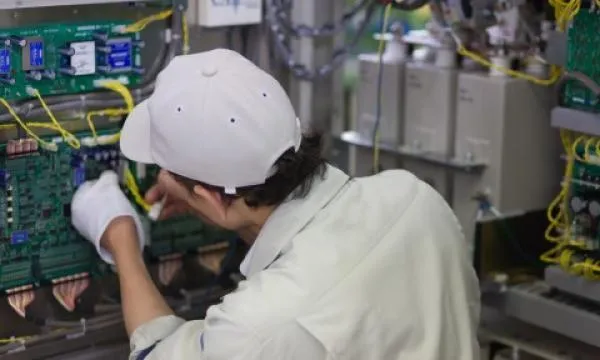
Tokyo logistics rents post highest annual growth in three years
Given the airtight conditions, rental growth in Greater Tokyo was close to 7% over the year.
Even amid a global pandemic, Savills notes Japan’s logistics sector appears to be in good shape. Indeed, with demand supported by the proliferation of e-commerce during the outbreak, the sizeable supply expected over the next few years has done little to deter the market.
Yet, whilst some turbulence could emerge over the short-term as the financial resilience of some tenants starts to be tested, the long-term prospects of the sector continue to be driven by the structural changes that e-commerce presents, and as such, rents should follow suit.
Here’s more from Savills:
MARKET TRENDS
Having achieved the milestone of posting the lowest level of vacancy on record in Q1/2020, the Greater Tokyo market repeated the trick in Q2/2020. Specifically, the vacancy rate stands at an even lower 0.4% following a 2.9 percentage points (ppts) tightening year-on year (YoY). Pre-leasing activity remains sound, all things considered, with over 80% of new facilities fully occupied upon completion in 1H/2020. Demand for existing facilities was also strong. In fact, whilst the total leasable area has continued to expand, much of this tightening in vacancy can be attributed to the continued absorption of supply, which has been positive every year since 2017 (Graph 1). This period, for instance, saw net absorption total almost 1.5 million sq m – the most in any half-year period in recent history.
Supported by these tight market conditions, rents grew by 6.8% YoY to JPY4,400 per tsubo. Whilst they remained unchanged over the quarter, annual growth was at the highest level in three years. When looking at the submarkets in more detail, the Tokyo Bay area remains the most expensive by some way. Whilst the scarcity of modern large-scale facilities plays an important role in this trend, rents appear to have found a limit, however. Nonetheless, rental prospects for this submarket remain optimistic.
Elsewhere, locations defined by their access to the city centre and proximity to transport links, such as the Gaikan Expressway, continue to attract demand. Rents have duly responded, demonstrating solid growth recently. This has been particularly evident in Saitama Prefecture, for instance, where rents have reportedly surpassed the JPY4,000 per tsubo mark for the first time in over a decade.
Vacancy rates in Greater Osaka have recovered remarkably since Q3/2017. To wit, the vacancy rate currently stands at 3.0% – a 10ppts decline over the period and a 1.3ppts contraction YoY. More recently in 1H/2020, despite six of the seven projects completed being fully occupied, completions have exceeded net absorption – for the first time since 2017 – and the vacancy rate has slightly increased as a result. Indeed, this change is attributed to some vacancy in the newly completed ESR Amagasaki Distribution Center. Even so, with leasing activity ongoing this uptick should be temporary.
Unlike its Greater Tokyo counterpart, rents in this region have surpassed pre-2009 highs. Specifically, they lie at JPY3,990 per tsubo on the back of a historical 10.2% YoY surge. What’s more, following nine consecutive quarters of annual growth, rents in Greater Osaka are only around 9% below rents in the capital. The spread was as wide as 22% only two years ago, further emphasising the recent improvement in market conditions. The momentum in rental growth observed in both regions is encouraging.
That said, tenants in the thriving e-commerce sector represent a part of the overall pool. Indeed, some tenants in other constituent industries such as the apparel and manufacturing sectors continue to suffer. Thus, while rents are expected to continue upward, it is not a foregone conclusion. Looking further ahead, when determining rental growth prospects, it is important to consider how the benefi ts created by the structural changes from e-commerce interact with the ongoing issues caused by a national labour shortage. Indeed, notwithstanding the easing concerns over the latter for now, worries are likely to resurface before long.
Click here to view the full report.



















 Advertise
Advertise




